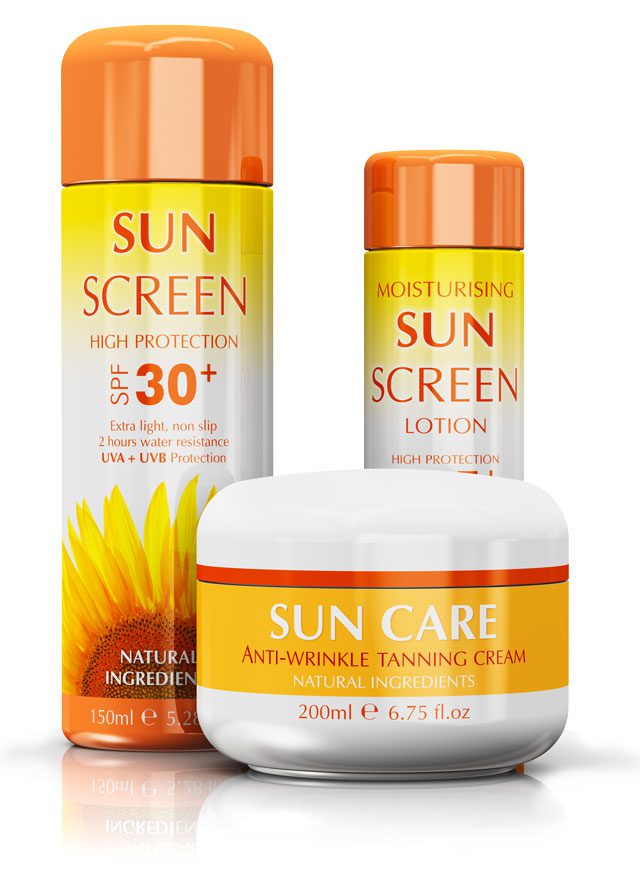 [dropcap]As[/dropcap] the days grow longer, the sunlight gets stronger. Summer is the time when people spend more time in the sun, but it is also the time people are more at risk for developing skin cancer.
[dropcap]As[/dropcap] the days grow longer, the sunlight gets stronger. Summer is the time when people spend more time in the sun, but it is also the time people are more at risk for developing skin cancer.
Skin cancer is the most common form of cancer in the world, says the American Academy of Dermatology.
Skin cancer is a broad term that refers to any type of cancer that begins in the cells of the skin. These cancers usually develop in the top layer of skin, also known as the epidermis.
The most common types of skin cancer are basal cell carcinoma, squamous cell carcinoma and melanoma. In addition, there are several types of skin cancers that occur much less frequently, including kaposi sarcoma, merkel cell carcinoma, cutaneous (skin) lymphoma, skin adnexal tumors and various other types of sarcomas, says the AAD. The AAD estimates that one in five Americans will develop skin cancer in their lifetime.
There are some precautions that people should take, especially if they know they will be in the sun, says Dr. Adrienne Lam, fellow with the American Academy of Dermatology, with Lam Dermatology in Oklahoma City.
“There are many factors that we know of that contribute to skin cancer development: family genetics, cancer syndromes, sun exposure, smoking and certain viral infections,” Lam says. “Of these contributors, the biggest impact that patients can make is to reduce sun exposure.
“Sunscreen, sun-protective clothing and sun avoidance can help reduce the effects of harmful ultraviolet (UV) radiation,” says Lam. “These measures are best when done consistently and starting at an early age.”
Most experts agree that the midday sun is the most dangerous for UV exposure.
“It is a good idea to avoid the sun between the hours of 10 a.m. to 2 p.m.,” Lam says.
It is also important not to panic if you develop a new sore or lesion, she says.
“Most benign skin lesions such as acne or bug bites heal easily within two to three weeks,” Lam says. “If any lesion persists, grows, bleeds easily or ulcerates, the patient should see a dermatologist for evaluation.”
“When evaluating a spot, most dermatologists use the ABCDE rule,” says Meagan Tyler, physician assistant – certified with Skin Renewal in Tulsa. “A equals asymmetry: a mole that does not look the same on both sides, B equals border: a mole that has a wavy or blurry edge, C equals color: a mole that becomes darker, lighter or takes on a grey, blue or white color, D equals diameter: a mole larger than 6mm, the size of a pencil eraser, E equals evolution: a mole that is changing in any way.”






















